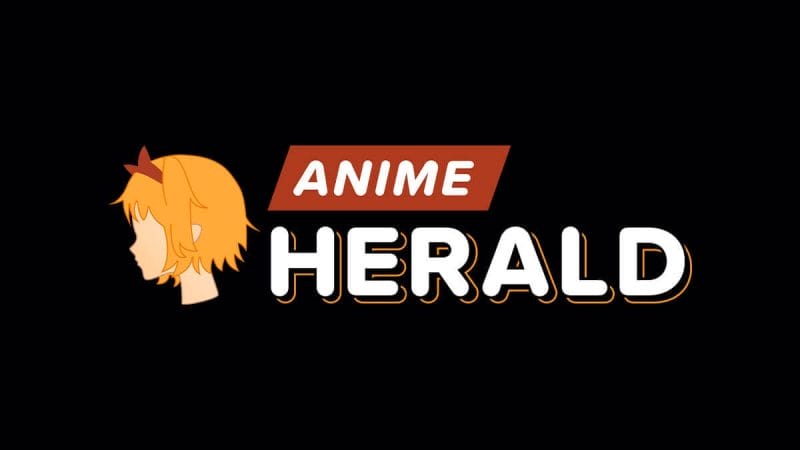 On Monday, FUNimation announced that they partnered with Milyoni to launch a Social Cinema app on Facebook. The app will allow customers to rent bundles of four to six anime episodes, which range in price from 99¢ to $3.99. Episode bundles can be viewed an unlimited times within 48 hours of the user’s purchase.
On Monday, FUNimation announced that they partnered with Milyoni to launch a Social Cinema app on Facebook. The app will allow customers to rent bundles of four to six anime episodes, which range in price from 99¢ to $3.99. Episode bundles can be viewed an unlimited times within 48 hours of the user’s purchase.
Given how quickly the anime industry has embraced new technology, be it DVD, Blu-Ray, or Digital distribution, I’m actually somewhat surprised that it took so long to take this step. Facebook, in and of itself, is a marketer’s dream world with an active user-base that eclipses 800 million and an ad service that allows an organization to reach out to a subset of a subset of a niche. Users willingly post what products they love, what shows they’re watching, even where they’re going and why they’re going there! Employers have been known to use Facebook to check out potential hires, and organizations have used it to interact with users on a level that’s never been seen before.
As a user tool, Facebook has taken the top spot on the browsers of millions of people. People log on during their lunch breaks and their off times, in order to play games (hello, Words With Friends and Farmville!), to socialize, and to spread their own messages. They share words, photos, and videos among their friends and family. However, their biggest and most effective weapon is The Like. With the Like, they can make a statement with one click of a mouse, one tap of a touch-screen! They can say, definitively, that they approve of something. They can tell all of their friends (of which, the average user has about 120) whether something’s worth checking out and, most important, if it’s worth investing in.
Because of this, it’s actually quite puzzling that companies like FUNimation haven’t embraced Facebook’s platform sooner. FUNimation has a powerful brand within the industry, as they are the biggest publisher and, almost by default, hold the greatest number of properties. They’ve extended to every major service, be it YouTube, Hulu, or Netflix, as well as minor platforms like XBox Live and iTunes.
By merits of its population alone, FaceBook would be an attractive potential market. However, the combination of a large market, the increased interaction with users, and the built-in word of mouth potential make such a proposition especially attractive. In a hypothetical scenario, an ideal rental would occur as follows:
- A user rents a bundle of four episodes of Fairy Tail for $2.99
- The user watches the four episodes, and enjoys what s/he sees
- The user posts a comment on the show, and gives a Like, which appears in the user’s news feed
- Other people see this, and go to the Social App, to check out the show.
- An offer to purchase the DVD appears at the bottom of the page (and links to product appear on the front page of the app). In the best case, the user clicks this and purchases the rest of the show.
In addition, the app asks for permission to post on the user’s behalf. So, even if the person doesn’t explicitly Like the show, if they allow the app to post, it will alert that user’s friends to what s/he is watching.
Now, let’s revisit the fact that the average Facebook user has 120 friends. We’ll assuming a hypothetical 10% of FUNimation’s 500,000 fans use this and post a Like. If just 2.5% of each user’s friends purchases a download pack,and two thirds of these users post Likes, we’d see a logarithmic increase in both views and potential incoming revenue. Broken down on the first iteration:
- Initial Viewership: 10% of 500,000 = 50,000
- Initial Revenue: 50,000 * $2.99 = $149,500
- Hypothetical 2.5% Spread – 2.5% of 120 = 3
- Total New Viewership (Spread * Init. Audience): 3 * 50,000 = 150,000
- Total Revenue Generated From Iteration 1: 150,000 * $2.99 = $448,500
- 2/3 Likes From New Audience: 2/3 * 150,000 = 100,000
As you can see, we’ve already seen a growing audience of 100,000 users in the ideal case. Now, for simplicity’s sake, we’re going to assume that the initial audience doesn’t buy another bundle of episodes. Working through the second iteration:
- Initial Viewership: 10% of 500,000 = 100,000
- Hypothetical 2.5% spread: 2.5% of 120 = 3
- Total New Viewership: 3 * 100,000 = 300,000
- Total Revenue: 300,000 * $2.99 = $897,000
Again, this is a hypothetical, ideal situation. However, if we do assume this as a figure, we can tally the three cash values, to gather that $1,495,000 was gained from 300,000 users. Or, across two full viewer cycles, we saw a gain of customers at a factor of six.
This is merely a potential outcome for the service. After all, it’s success and failures will hinge mainly on the important factors of price, openness to the customer, and the general appeal of the product. Stocking the service with, say, B Gata H Kei and My Bride Is A Mermaid! will lead to a shrinking of the market, as the many who don’t desire such products will continue to go elsewhere. If FUNimation does this right, and I mean really does it right by ensuring their products appeal to a wide audience, and by pricing in a fair manner (which they appear to be doing already), they could have a product that not only nabs the current anime market, but also goes beyond to snare those who normally won’t partake of this market’s offerings. They would expand the market in a service that hasn’t been attempted by the anime market at large, and reap the benefits of a blue ocean that other companies are still scrambling to find.
And, yes, I do hope FUNimation leverages Facebook’s ads as they promote this. Facebook ads still give, dollar for dollar, the greatest value of any advertising service to date.











